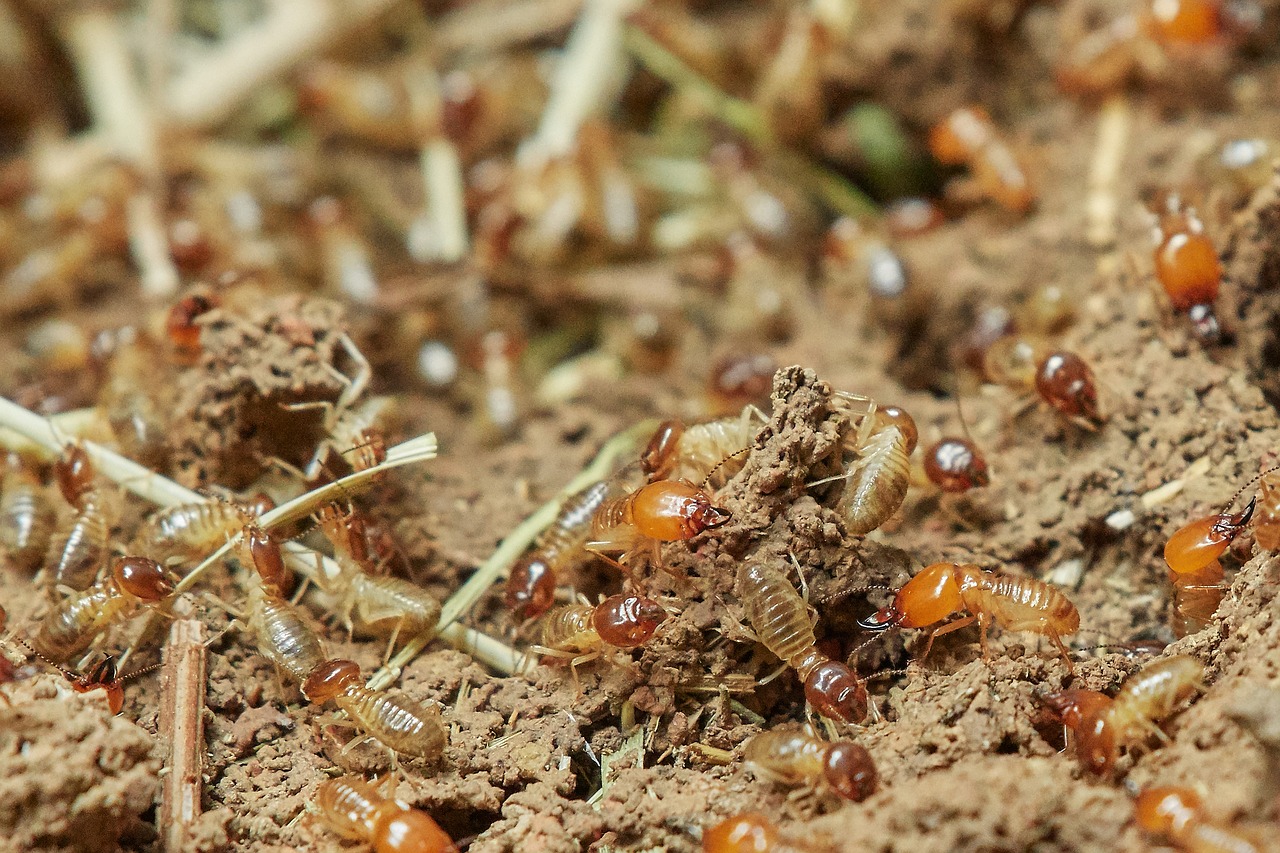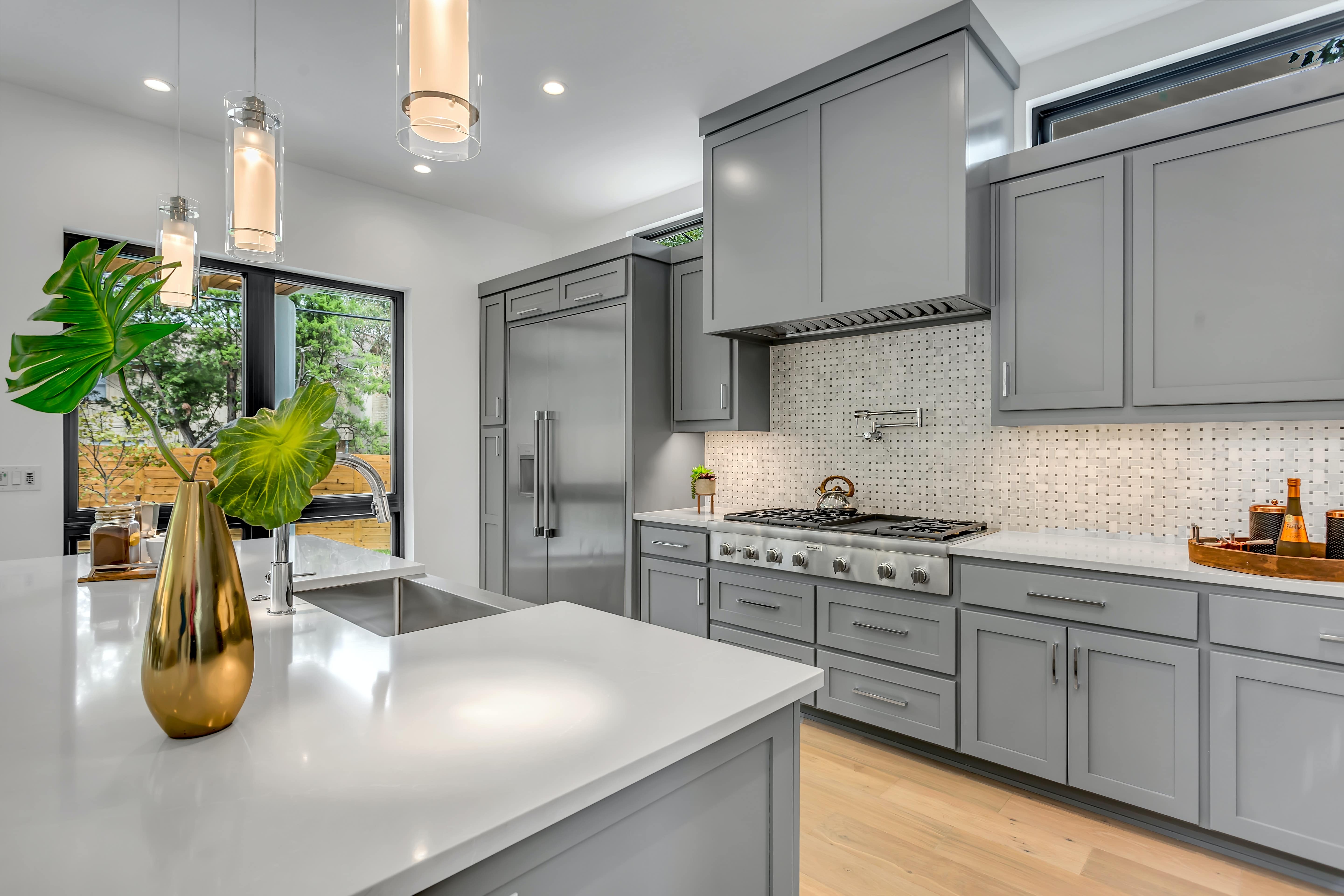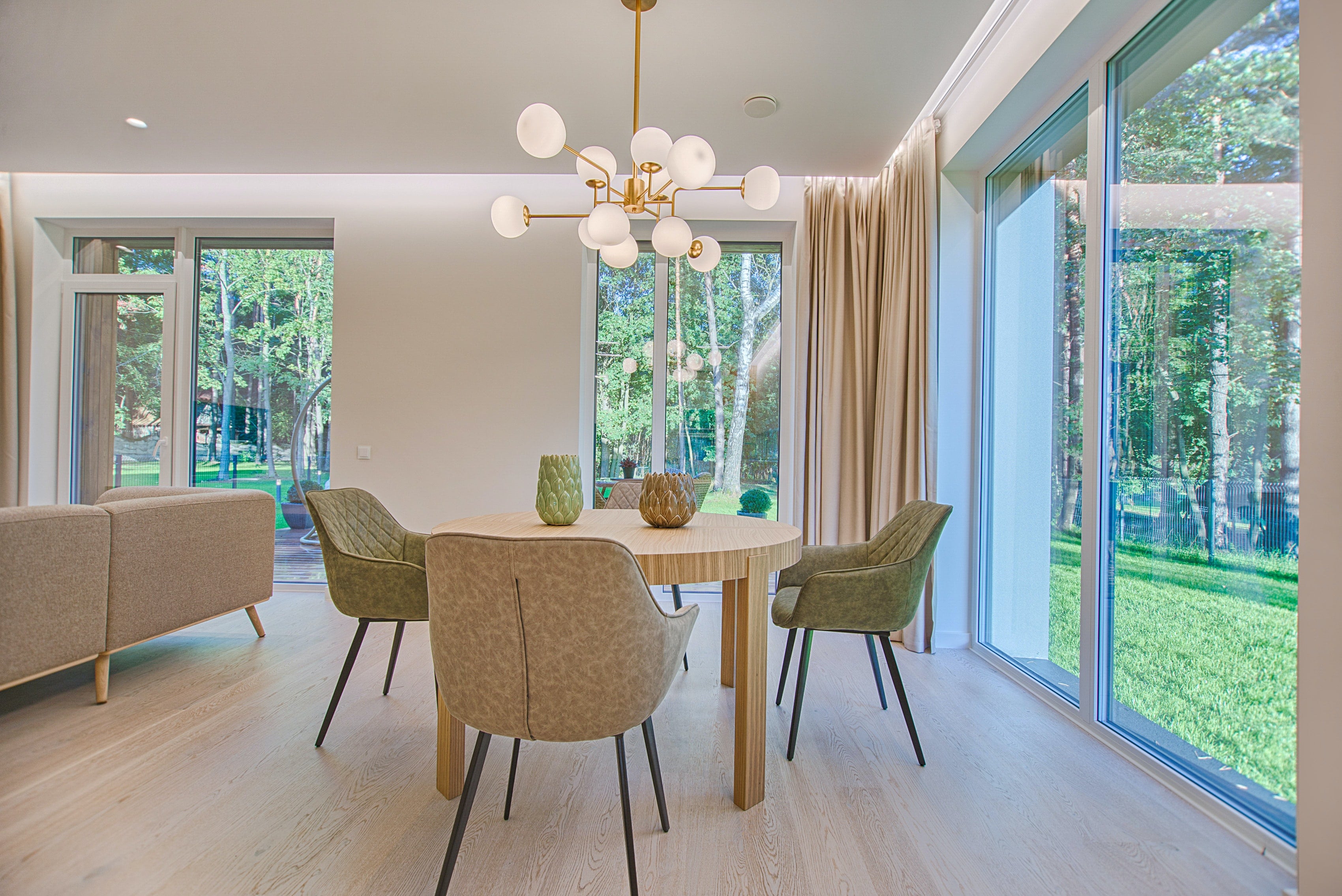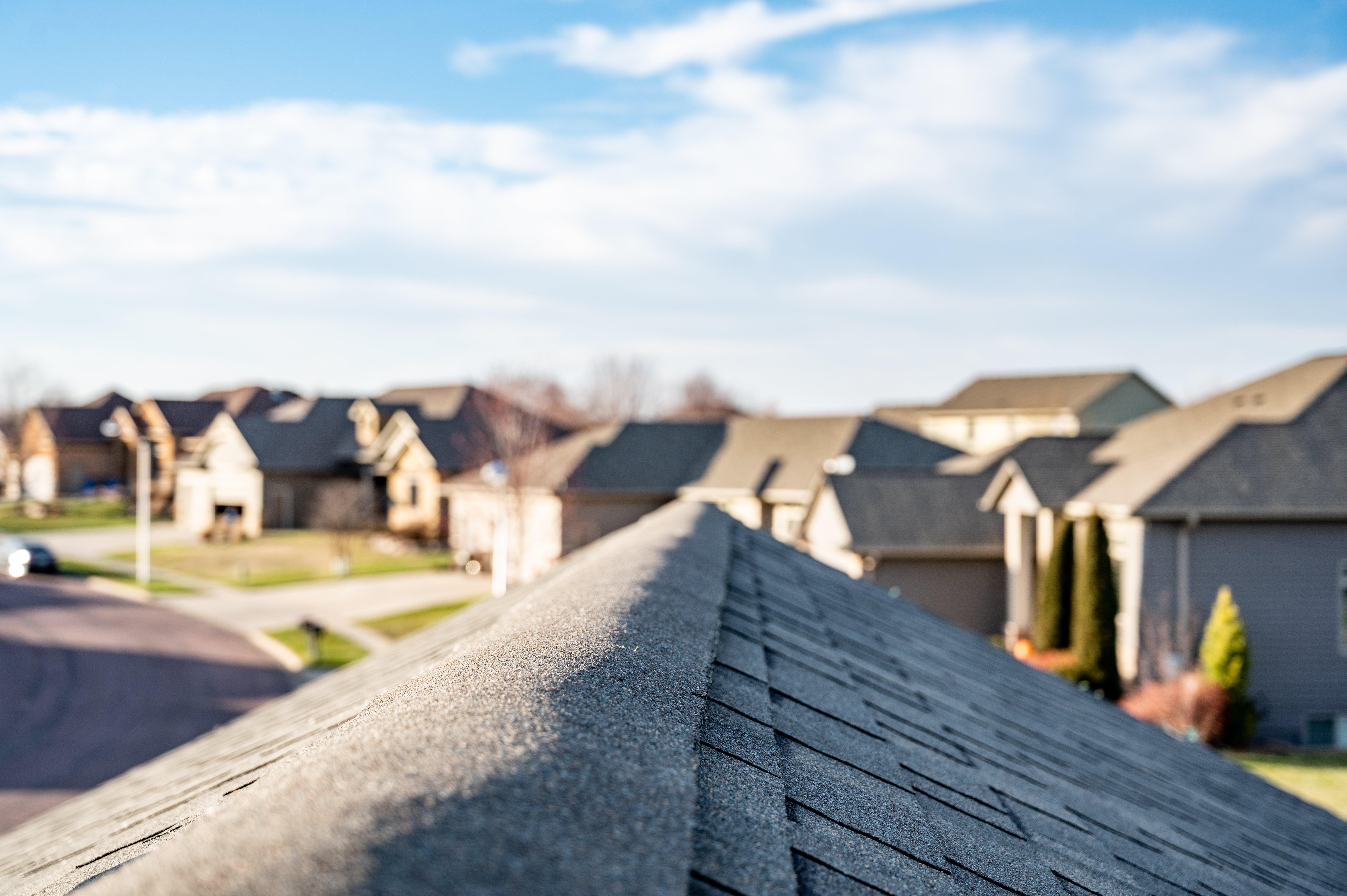Call today to schedule an inspection: (803) 261-4768
Home Inspection Blog Posts & Tips

If you are selling or buying a home in Columbia, SC you’ll need to obtain a state required
Wood Infestation Report ( WIR). This document is commonly known as a CL-100, Termite letter or Termite Clearance letter. To receive this state-required document you need to get a termite inspection to inspect your home and the wood in your home for termites and wood-destroying organisms. Here’s a rundown of a few common wood-destroying species found in South Carolina.
Termite Inspection Columbia South Carolina,
Wood Destroying Insects
South Carolina is home to both subterranean and dry wood termites. The subterranean termite species is the most common termite species found in South Carolina. Eastern subterranean termites are small and are ⅜ of an inch long. The swarmers are dark brown to nearly black, and the workers are a whitish color.
Eastern subterranean termites prefer to eat spring wood because it is easier to chew than summerwood.
Springwood is located between the growth rings; therefore the subterranean termite damage often has a layered appearance.
Eastern subterranean usually swarm during the spring, from March until May. They usually swarm on warm days after rain showers
Formosan Termites
Another type of subterranean termite that you should know about in South Carolina is the Formosan subterranean termite. This termite is gaining ground in South Carolina and is an extremely aggressive species of termite that forms colonies of several million individuals.
Similar to other subterranean termites, Formosan subterranean usually maintain contact with the ground to obtain moisture. However, if there is an adequate source of moisture available, Formosan subterranean termites can form colonies in protected areas without maintaining ground contact. These types of termites build a sponge-like material called “ carton” in these areas.
- Wall voids below leaking pipes
- Air conditioning ducts on which moisture condenses
- Even after treatment infestation can persist for some time by surviving on moisture
remaining from their sponge-like material called “carton.”
The carton material can retain moisture for a long period of time, and the colony will survive as long as
ome source of moisture remains.
Drywood Termites
Another type of termite that is commonly found in South Carolina is the Drywood termite. Drywood termites are non-subterranean termites and live inside wood and do not make contact with the soil. They get the moisture that they need to survive from the humidity in the air. This is why drywood termites are most common along the humid coastal areas of South Carolina.
- Colonies are small and difficult to find, they may be in a structure or a piece of furniture for
a long time before they are eventually detected.
- Drywood termites can reinfest after producing swarmers, which is why older structures are more
likely to have multiple infestations than new ones.
- Drywood termite colonies are sometimes noticed when their dropping of fecal pellets
is found around the infested site.
Same-Day Home Inspection and CL 100 Letter, In Columbia, Lexington,
Irmo and Surrounding areas In Columbia SC
If you’re buying a house in Columbia and surrounding areas you will need a home inspection and CL 100 letter. In a real estate transaction, we both know how timely procedures and processes may take, but with S&J Home Inspections you can save time and money when you bundle your home and termite inspection together. This is a win-win scenario for all involved in the real estate transaction. Contact us to schedule your termite and home inspection.
Text...





